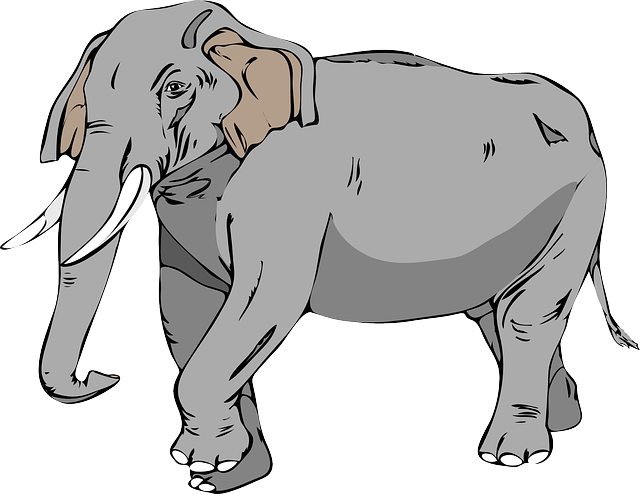Recently I was fortunate to be able to run a learning session with my team. I decided to run my session based on the Elephant Carpaccio workshop to see if we could all think more about how user stories can be effectively split up.
The original workshop
If you haven’t come across the Elephant Carpaccio workshop before it’s based on Alistair Cockburn’s awesome article of the same name. It’s a great explanation of the benefits for slicing user stories into the smallest possible size and deliver them incrementally. I’m a big proponent of small user stories, however reading Cockburn’s article again it reminded me that once the elephant has been sliced as finely as possible, it is important that once the slices are all delivered they still need to resemeble the elephant.
It’s important to note that while stories should be sliced as small as possible, the story should be sliced vertically. This means that a story should go through all layers of the infrastructure and still deliver value. As such if there are a lot of layers of infrastructure required to deliver a story, then it needs to reduce in size horizontally. For example when building a new form, the new page will be needed, any logic for processing the form data and storing the data will all be needed. So the first story might be very thin horizontally and only be for a single field on the form. A lot of value is still gained from such a story as a lot of knowledge will be gained. The following story may be the rest of the fields on the form as vertically a lot of the work has already been done.
In the original workshop you spend some time deciding on how best to slice the user stories to deliver a checkout that can calculate total price, discounts and tax based on the location. If you ever get the chance to take part in the work shop I definitely recommend having a go.


My version of the workshop
For my session I only had around 30 minutes, so unfortunately I couldn’t do the full workshop. I wanted to do something that was open to non-developers as well as developers and show the importance of thinner user stories.
I put together a list of different features for a hypothetical website and asked the group how they thought they could best be broken down. I split the group into pairs and they had 3 minutes to decide what work they thought they could release in a day. At the end of each 3 minutes, I marked off which features, or which parts of features they felt they could have released.
Before the start of the session I assigned each feature a value increase to over all sales for the hypothetical website, and this sales increase was split over the parts of the feature. The first part of each feature was given greater value. I wanted to show that stories don’t necessarily need to be grouped and completed by feature, but you should target the most valuable stories first.
After several rounds, I added up the overall impact each pair would have made on sales.
My workshop Rules
Aim of the game
To increase sales for the website as possible
Scenario
I’m a widget seller who sells 2 types of widgets. Type A and Type B. I want to improve my website to sell them more effectively. Below are the baseline expected sales figures
- Widget A - 50 a day
- Widget B - 100 a day
The checkout is already in place and took 3 days to complete. Please use this a reference point for the size of implementing new features.
Below are the features that I want my site to have and impact I expect them to have on sales of widgets. The sales impacts are once a feature is fully implemented, benefits can be gained from partially implemented features.
- Product information page - 30%
- Text
- Image
- Reviews
- Related products
- Product gallery - 10%
- carousel
- quick view box
- Banner carousel - 10%
- Overlay text
- Image cropper so I can put various images in
- FAQ - 20%
- Customers can ask questions
- Customers can answer questions
- Store Finder - 5%
How the sesson went
Overall, I would say that the session turned out to be a success. Everyone seemed to enjoy it and it raised some good discussion and thought over how its best to tackle the most valuable stories first, not just fully complete a feature.
The group were very helpful and gave me some really constructive feedback for the next time I get to run the session. Firstly it was to lower the 3 minute timer for each round, it was too long and it gave people time to chat about other things. Also, I had a spreadsheet to calculate the impact on sales each team was having, however the more astute members of the group were keeping on eye on which features were getting the other teams a lot of value and going for that themselves. As such, next time after each round I would just show them the overall results, not how they were calculated.
One thing I did learn to take in to future workshops is that you can really motivate a group of people by turning a session in to a competition with cookies as the prize.